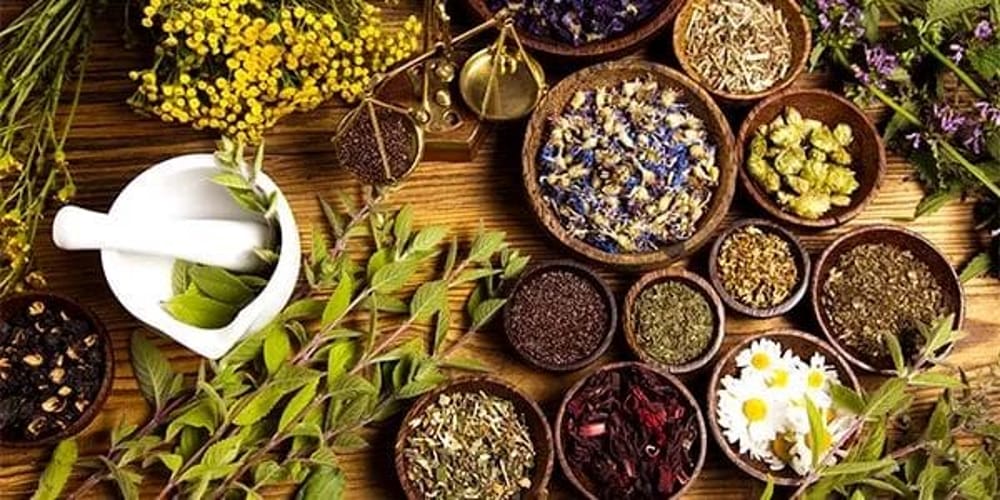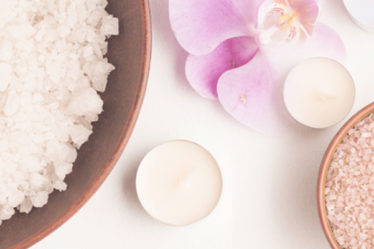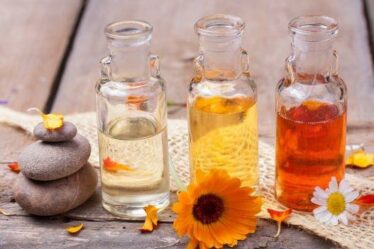
Speaking of essential oils we often refer to the so-called “balsamic time” of plants, a precise period, during which the plant must be harvested in order to obtain the best yield in the preparation, precisely, of essential oils.
But, exactly, what is meant by this term?
Balsamic time (or period) is, in fact, the period during which medicinal plants, or the parts of them that contain the active ingredients, should be harvested, as the latter reach their peak of maximum concentration at this very moment.
It is therefore important to know the different balsamic times of each plant species, if you want to devote yourself to the preparation of essential oils, oleolites, or other natural extracts.
Balsamic time in fact varies from species to species and, as already mentioned in a previous article, it also depends on factors such as latitude, soil composition, climate, sometimes it is also important to choose the time of day on which to carry out the harvest.
Balsamic time varies, also and above all, depending on the type of plant we are talking about and what part of the plant should be harvested; so, depending on whether they are annual, biennial or perennial species; leaves, flowers, fruits, seeds or roots.
Let’s see now, in principle, when to collect the different parts of the plants to be sure to do it in their balsamic time.
Regarding leaves, barks, and woods, these must be harvested at complete development (tea, eucalyptus, cinnamon).
The flowers should be harvested just before the full flowering (jasmine), fruits should be harvested when ripe, the seeds, instead, when the fruit is fully ripe.
Regarding roots, the question could be defined a little more complex, since the “rules” vary depending on the type of plant (annual, biennial, etc…) or root we are talking about. Basically, the roots must be harvested in the period of quiescence of the plant; regarding biennial plants, at the end of the first year of life, after the fall of the leaves.
The roots of perennial species are harvested between the second and fifth year of life, in late autumn; to harvest the roots of shrubs and trees you have to wait until they have reached full development.
Rhizomes, tubers, and bulbs are collected from plants of two or three years of life, after the complete drying of the aerial part of the plant (ginger).
At this point we know at what specific age a plant can be considered in its balsamic time, or at what time in its life cycle the parts containing the active ingredients will be richer; but how can we “schedule” this information when we consider a particular plant? Basically, how do we know when to collect, for example, chamomile flowers, or milk thistle, or a ginger root?
In this regard, some help comes from tables that report, divided by months or seasons, the various medicinal plants, depending on when they are in their balsamic time. This is immediate and, of course, incomplete consultation material; for this reason, it is always good to have at home, if you want to try to grow medicinal plants, at least an Herbarium.
Below you will find a small example of a table, organized on monthly subdivision.
January
Bergamot, Cypress.
February
White Spruce, Spruce, Carob.
March
Altea, Burdock, Erica carnicina, Beech, Gentian, Olive, Pine, Oak, Rusco, Red willow.
April
Maple, Holly, Birch, Hawthorn, Borage (Summit), Marigold, Artichoke, Chestnut, Nettle, White willow, Dandelion, Linden, Valerian.
May
Bitter Orange, Chamomile, Roman Chamomile, Rose Hip, Red Rose.
June
Oats, Honeysuckle, Tarragon, Erisimum, Eucalyptus, Mallow, Thyme.
July
Yarrow, sweet orange, Arnica, Milk thistle, Helichrysum, Hypericum, Lavender, Melissa, Peppermint, Verbena.
August
Garlic, Physalis, Green Anise, Hops, Bearberry, Goldenrod, Vine.
September
Marigold, Dandelion, Valerian.
October
Sorrel, Asphodel, Lemon, Alpine Rhubarb, Saffron.
November
Holly, Laurel, Fern.
December
Bitter Orange, Sweet Orange



